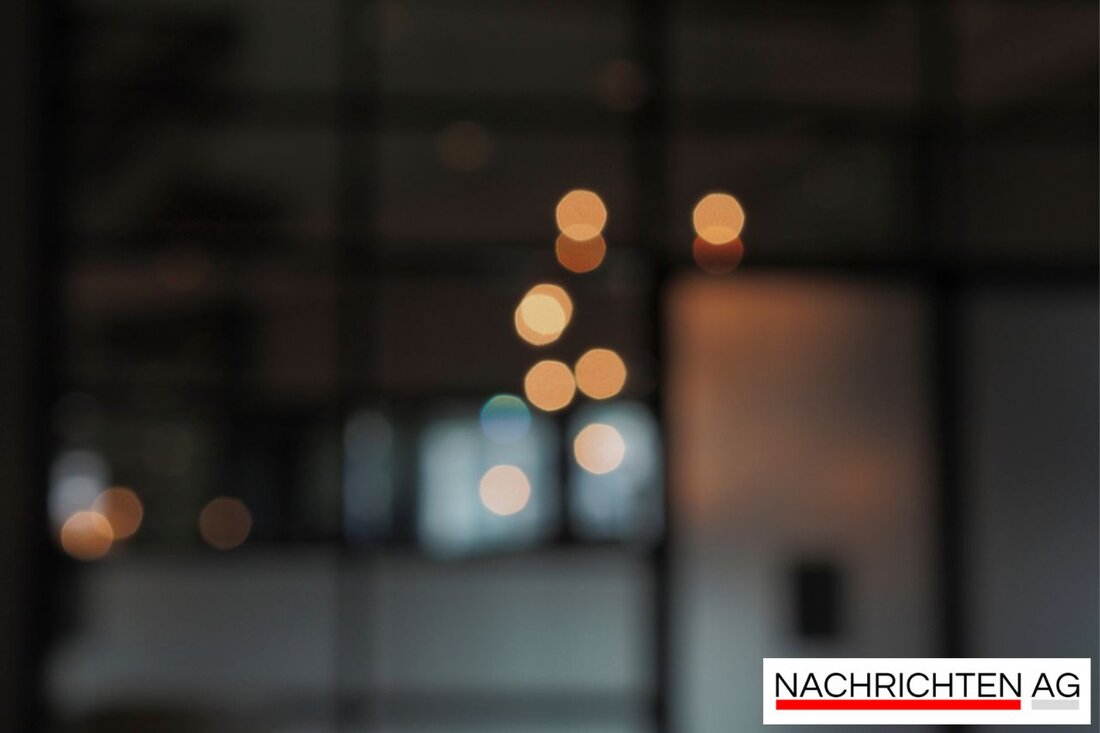Lehndorf under graffiti attack: art or vandalism?
In Braunschweig, vandalism caused by graffiti is causing increasing discussions. Residents express dissatisfaction with the changed cityscape.

Lehndorf under graffiti attack: art or vandalism?
In Braunschweig the discussion about graffiti is more lively than ever. More and more residents are getting used to the masses of drawings that characterize the city. These so-called “etchings”, “tags” and “hits” not only ensure colorful walls, but also raise the question: Is this still art or can it go away? Sabrina Brandes from Braunschweig from the Lehndorf district also expresses this concern. There, the sight of graffiti on power distribution boxes, benches and even on the “Kneeling Mother” statue from 1937 is commonplace. The once attractive district has turned into a faceless place that hardly shows anything of its artistic past, according to a report by news38.de describes.
In Germany, illegally spraying graffiti is a criminal offense and can be punished with a fine or prison sentence of up to two years. Whether the penalty is actually imposed depends on various factors, such as the size of the graffiti and its offensive nature. This legal framework raises another question: Where does creative expression end and vandalism begin?
Art or vandalism?
Opinions about graffiti vary widely. While some see the often colorful images as artistic expression, others simply see it as vandalism. In a new approach to the debate about graffiti, a special exhibition has opened at the Museo im Steintor that deals with exactly this dilemma. The exhibition features photographs of graffiti in the Anklam urban area and includes works by two local artists created specifically for the exhibition. Her works, inspired by medieval motifs, are intended to attract young visitors to the museum and promote discussion about the boundaries of art. The exhibition “Lab 5 — Graffiti” was on view from May 16th to June 12th Northern Courier reported.
An important topic area is education and awareness of one's own responsibility in society. In schools, for example, graffiti could be discussed as part of art lessons, provided that it is also considered an artistic expression. How on graffiti-ex-braunschweig.de As stated, young people must learn to respect the property of others. Art can be displayed, but only with the owner's consent. The education for this lies not only in the hands of the teachers, but also of the parents, who may often shy away from the necessary discussion.
So the question remains: Where do you draw the line between art and vandalism? A difficult topic in a city like Braunschweig, which is shaped by the past and the lively creativity of its residents. It remains to be seen how the public discourse will develop and what solutions will be found to respect both artistic expression and the rights of owners.

 Suche
Suche
 Mein Konto
Mein Konto